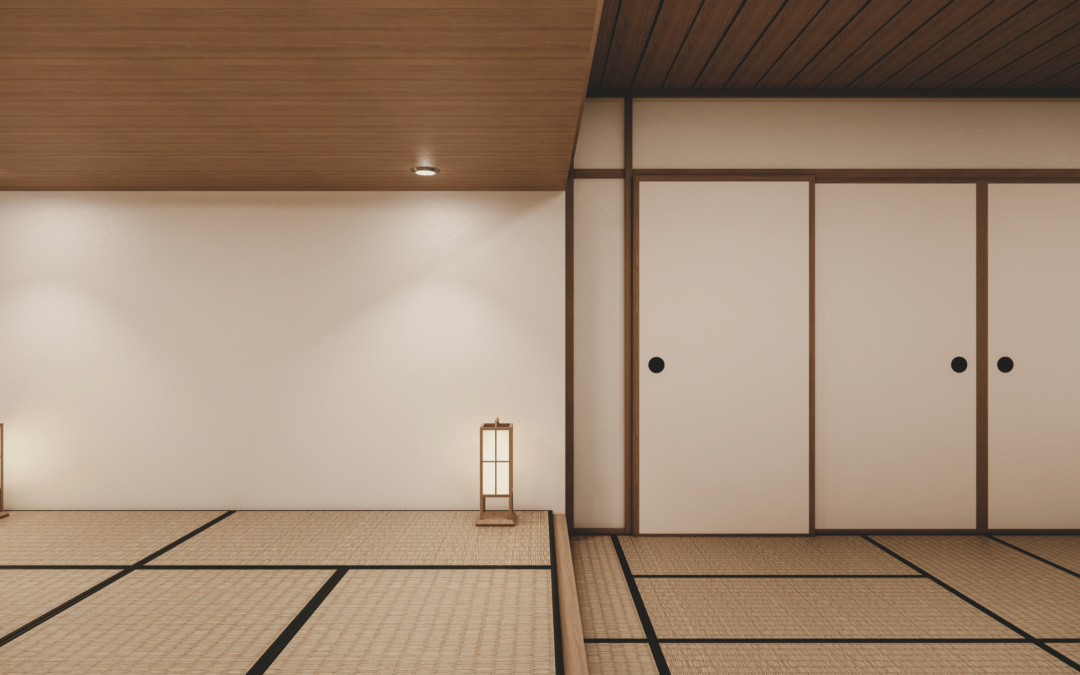When you walk through a home, the flow from one room to the next sets the tone for comfort and style. Flooring plays a huge role in creating that harmony, yet many homeowners feel torn when choosing just one material for the entire house. This is where mixed flooring design comes in. Done right, blending different flooring materials can enhance function, highlight spaces, and add visual interest without sacrificing cohesion. Let’s explore how to master the art of mixed flooring so your home feels stylish and seamlessly connected.
Why Mixing Flooring Materials Can Elevate Your Design
Mixing flooring isn’t about clashing surfaces—it’s about intentional design. Homeowners often face a practical challenge: some rooms demand durability and water resistance, while others thrive with warmth and comfort. Using tile in a kitchen while carrying hardwood through a living room, for example, balances function and style.
Beyond practicality, mixed flooring helps “zone” your home. Open-concept spaces especially benefit from distinct flooring that subtly defines a kitchen, dining area, or lounge without building walls. This creates natural boundaries that feel purposeful, not forced.
Equally important is the emotional impact. A cohesive mix of floors can guide the eye smoothly, making your home feel both grounded and inviting. Instead of abrupt changes, you get a design flow that tells a story from room to room.
Best Practices for Mixing Flooring Materials
To achieve a polished look, follow these guiding principles when blending flooring styles.
Maintain Color & Tone Harmony
Your palette is the foundation of cohesion. Even if you’re using hardwood in one room and tile in another, keep undertones consistent—warm with warm, cool with cool. This prevents jarring shifts and makes your transitions feel intentional.
Match Material Textures and Finishes
It’s not just about color. A glossy tile next to a matte wood plank can feel off-balance. Stick to finishes that complement one another, whether that’s rustic matte, semi-gloss, or smooth polished textures.
Control Flooring Lines with Visual Anchors
Transitions should feel like design statements, not afterthoughts. Use area rugs, metal strips, or patterned thresholds to signal a purposeful shift. These anchors create balance and help highlight each space’s unique purpose.
Design Scenarios: Smart Ways to Transition Flooring
The best way to understand mixed flooring is through real-life examples. Here are a few scenarios where it shines:
Kitchen to Living Room
Tile is durable and easy to clean—perfect for a kitchen—while hardwood brings warmth to living areas. Use a runner or a clean grout line where the two meet to create a fluid, polished transition.
Bathroom to Hallway
Bathrooms need water resistance, but hallways often call for wood or laminate. A flush threshold creates safety and design continuity without a visible “break” in the flooring.
Entryways or Mudrooms
High-traffic, wet zones like mudrooms benefit from tile, while connecting spaces feel warmer with wood or vinyl. A framed border tile where the entry meets the main flooring can elevate the entire look.
Common Mistakes to Avoid with Mixed Flooring in Connected Spaces
Not every flooring mix works. Watch out for these pitfalls:
- Choosing clashing tones that make your home feel fragmented.
- Ignoring flooring heights, which can lead to awkward steps or tripping hazards.
- Skipping transition strips, resulting in unfinished or unsafe edges.
When in doubt, less is more—limit yourself to two or three complementary flooring types throughout your home for maximum cohesion.
How Flooring By Design Can Help You Mix Flooring with Confidence
At Flooring By Design, we know the difference between a design that feels “pieced together” and one that flows seamlessly. Our team helps you select materials that balance durability, style, and harmony. We also create layout mockups and show you transition techniques that work best for your home’s architecture.
With expert installation, we ensure transitions are safe, subtle, and visually stunning. Whether you’re renovating a single room or planning an entire home design, we’re here to help you bring your vision to life.
Conclusion & Call to Action
Mixed flooring design is about more than just materials—it’s about creating a cohesive story throughout your home. With the right palette, transitions, and professional guidance, you can enjoy the durability of tile, the warmth of hardwood, and the versatility of vinyl without sacrificing flow.
Ready to explore mixed flooring ideas for your home? Contact Flooring By Design today to schedule a personalized consultation and discover how we can bring harmony and style to every room.

